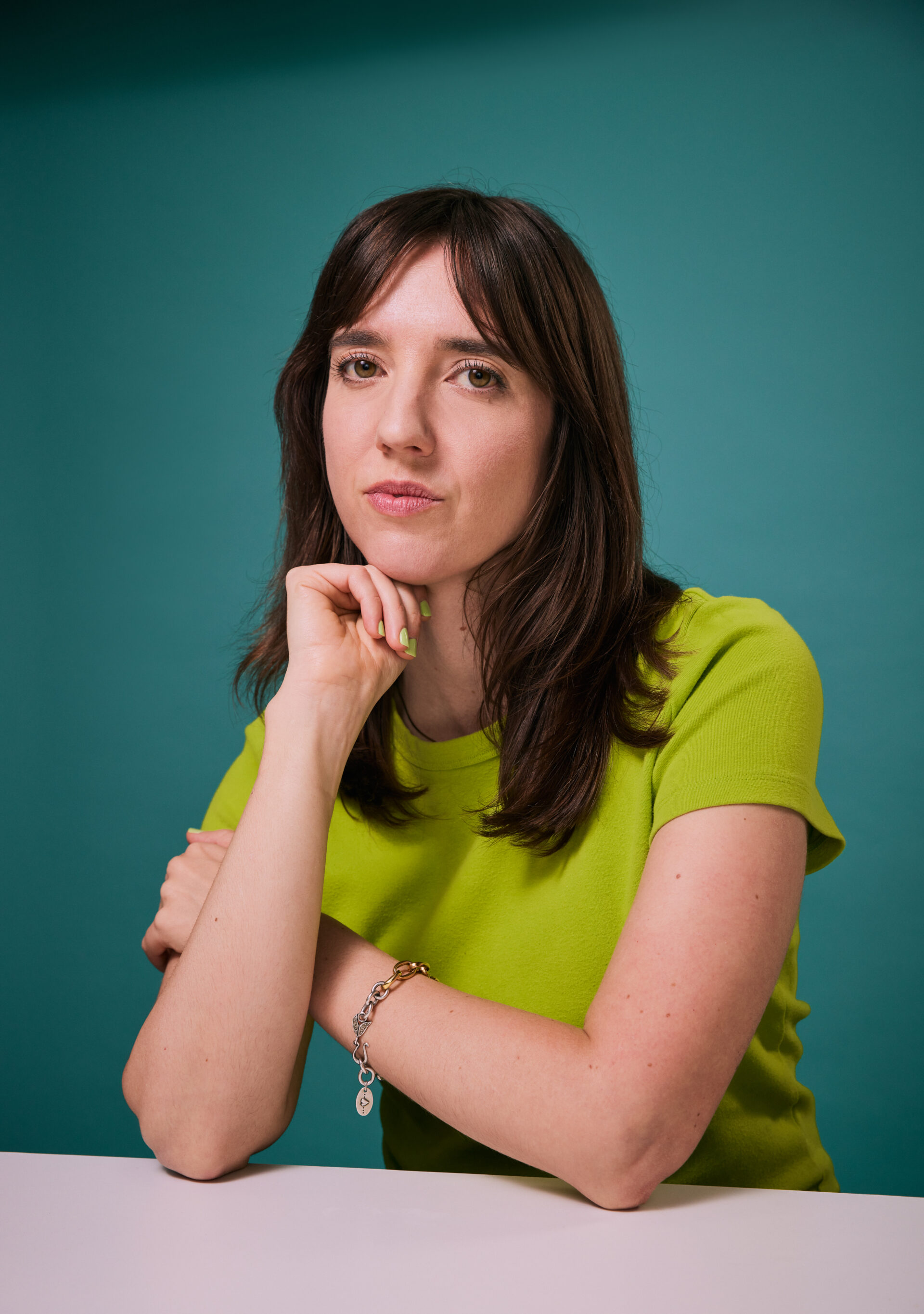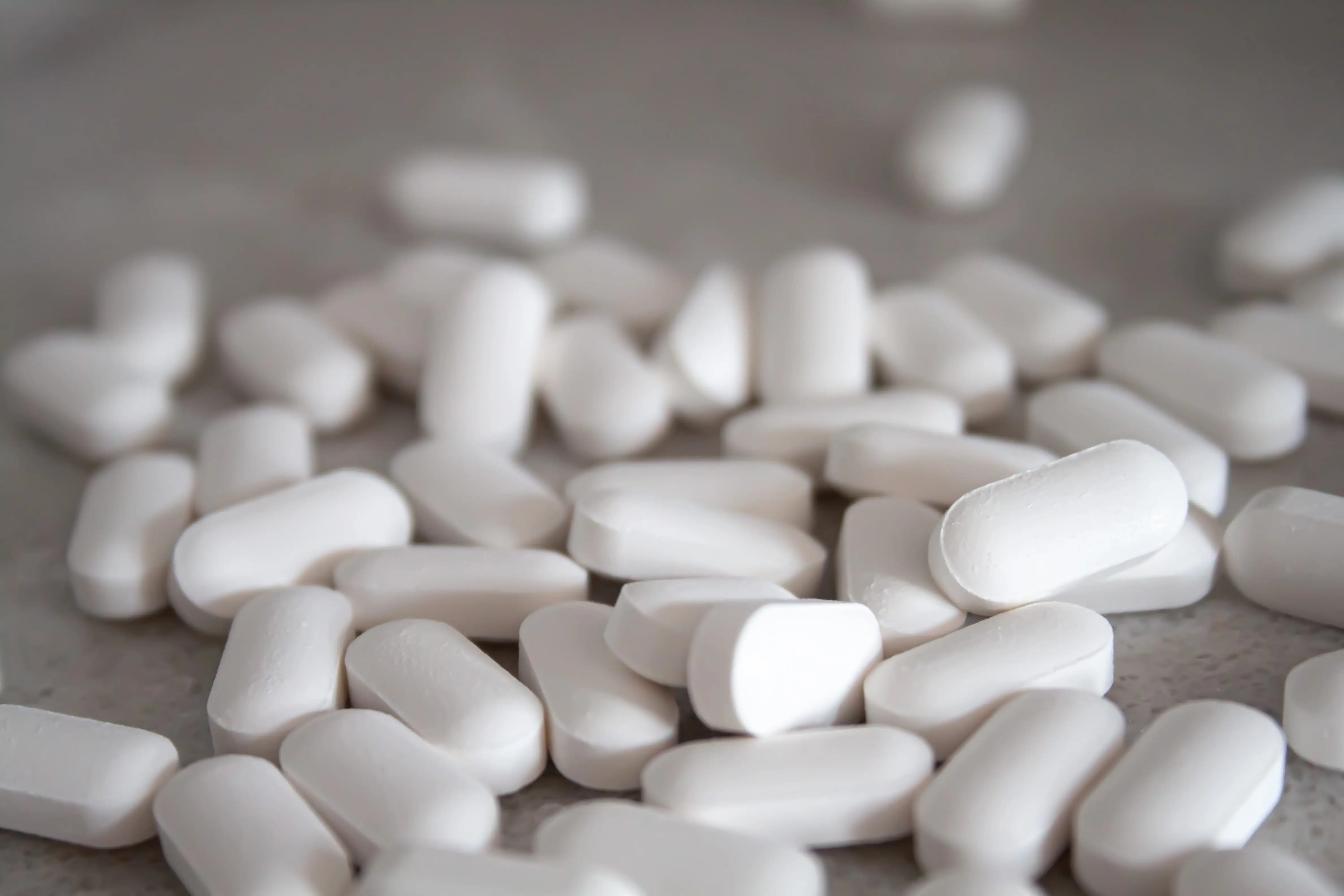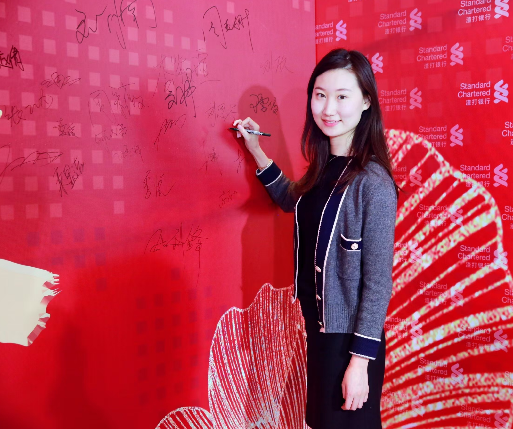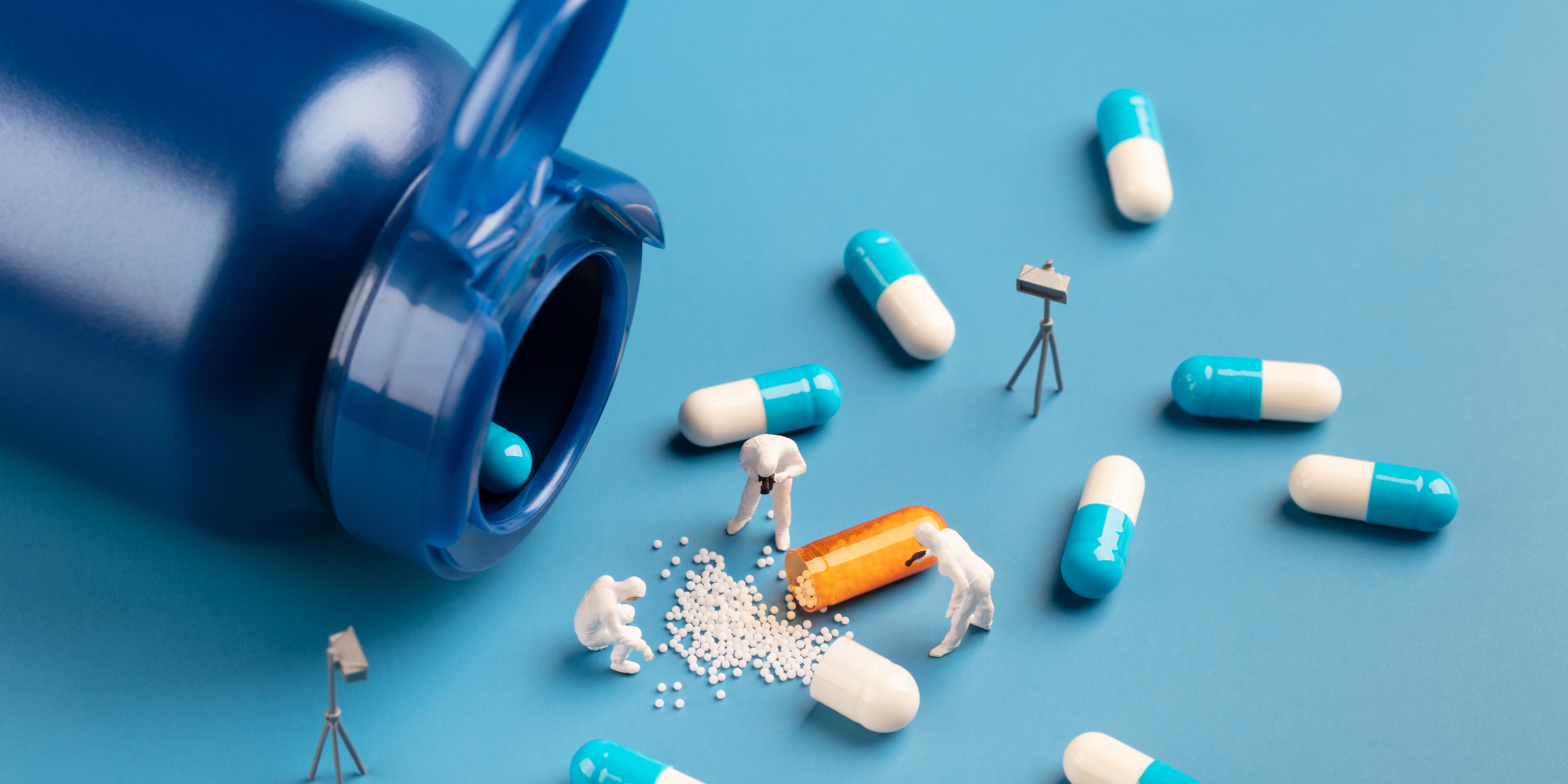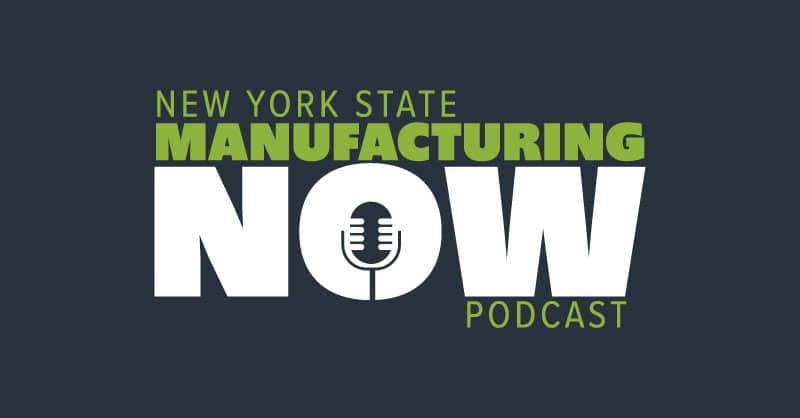Editor’s Note: On Tuesday, Ohio voters will decide whether or not to become the nation’s fifth state to legalize recreational marijuana. If the ballot measure passes, Ohio will be the first Midwestern state to join Colorado, Washington, Alaska, Oregon and Washington, D.C., to permit recreational pot use.
In response to the Ohio initiative, Jill Doty, a school counselor at Thompson School District in Colorado, discusses how recreational marijuana impacts the young people in her district.
I still remember the distraught voice on the other end of the phone. It was the mom of one of my students. Her son started going down a path his freshman year that seemed harmless to him and perhaps to most of society.
 Skip a class, then two, three and then full days, meeting up with friends to smoke a cigarette and then a joint or two. What’s the big deal? Marijuana is harmless and students are looking for an escape from the pressures of life. And so it goes.
Skip a class, then two, three and then full days, meeting up with friends to smoke a cigarette and then a joint or two. What’s the big deal? Marijuana is harmless and students are looking for an escape from the pressures of life. And so it goes.
I’m not talking about a small group of students we called the “stoners” when I went to high school in the ’70s. This is a monumental problem, and getting students off this path is an uphill battle steeper than a Rocky Mountain peak.
With each new state that legalizes marijuana — next up is Ohio, depending on how today’s ballot initiative goes — the agonizing effort to convince students of the quality of living a drug-free life goes up in smoke.
Our society bombards youth with the message that marijuana is harmless, with legalization and parental drug use being two of the most powerful messages. Schools don’t have the time we need to teach students better ways to combat stress or educate them on the dangers of using drugs and alcohol. We are busy teaching to tests so our students will pass them, but the Common Core does not include standards for health programs, despite how much it affects a student’s ability to master the Common Core.
In spite of all the efforts at school and at home, we were unable to persuade the young student to stop his drug use. Eventually he had gotten into enough legal trouble smoking marijuana that he was not allowed to be anywhere but home and school. During this time, having no opportunity to smoke pot, his personality started to return.
He became interested in school again, and we enrolled him in a college program where he went on to receive a top award at graduation. How I wish those who think marijuana is not addictive or a gateway drug were right. Sadly, in the years since his graduation, marijuana crept back into his life.
Few people in authority tell parents that pot has become more potent than when they were kids. In March 2015, one of the labs certified by the state of Colorado to do potency testing found that the levels of THC had tripled in some strains from three decades ago. What’s made it harder is that students come to school high on edibles and we cannot detect it because there are no odors or red eyes to signal school staff.
I am tired of those individuals in the multi-billion dollar marijuana industry doing everything in their power to fight any kind of regulations including safe labeling of edibles. Do they realize what it is like to talk with a mother who spends every waking moment trying to encourage her son to finish high school? I never would have guessed this student, who started smoking marijuana during high school, would not be on the stage for graduation.
Besides parents and teachers, there is one other group in Colorado standing up for what they believe in: students. This is what really gives me hope.
Last year, I made the decision that the only way I could stay in education was to find a way to fight harder. What better way to inspire me to stay in education than young people? I went to our student council and asked for help. I told them about my past experiences with students whose lives were impacted by substance abuse. After I spoke, 27 students signed up to help.
We forged an unknown path, but in a year’s time we have created a club we call ADAM, which stands for Alcohol/Drugs Awareness Movement. Our mission is to use the power of peer-to-peer education and normalize those who decide not to do drugs and/or drink alcohol in our school.
While it is still David versus Goliath, I felt overwhelmed by the power of the simple message that the president of ADAM gave to a class of upcoming eighth grade students last spring. He told them he was there because he cared about them, and he told them how truly amazing his high-school experience had been without drugs and alcohol.
We know our task may seem like attempting to move our beautiful Rocky Mountains, but doing nothing is just not an option.
Popular News

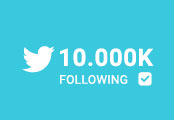
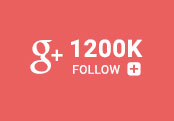
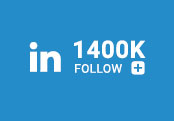
Current News
Manufacturing

Collaboratively administrate empowered markets via plug-and-play networks. Dynamically procrastinate B2C users after installed base benefits. Dramatically visualize customer directed convergence without
Collaboratively administrate empowered markets via plug-and-play networks. Dynamically procrastinate B2C users after installed base benefits. Dramatically visualize customer directed convergence without revolutionary ROI.





About Us
Tech Photos
















